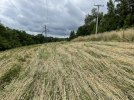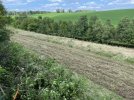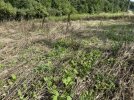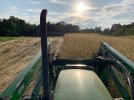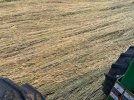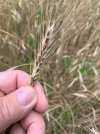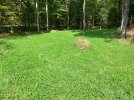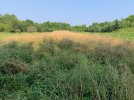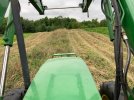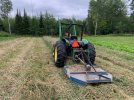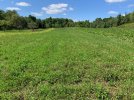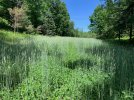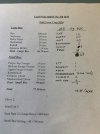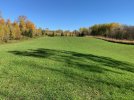I had a brassica failure thanks to our Mn drought last year and ended up with a lot of winter rye in plots.
Have any of you experience with just allowing the rye to go/grow until fall brassica planting time?
I’m curious about the amount of volunteer rye that will come as I suspect the seed heads will be mature by then.
Also curious to know if there is anything else unexpected that tends to happe? Allelopathic issues, etc.
TM
Have any of you experience with just allowing the rye to go/grow until fall brassica planting time?
I’m curious about the amount of volunteer rye that will come as I suspect the seed heads will be mature by then.
Also curious to know if there is anything else unexpected that tends to happe? Allelopathic issues, etc.
TM

